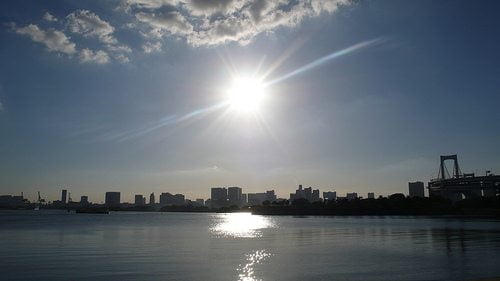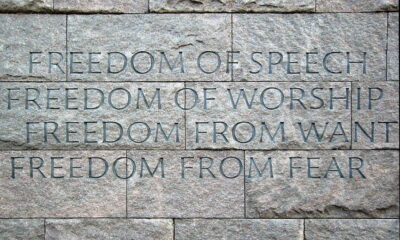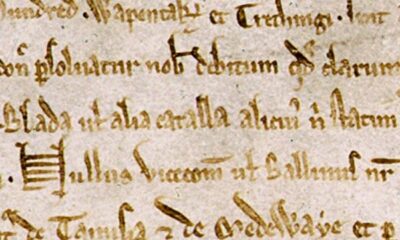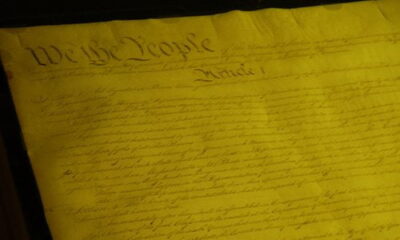

Features
Modern Magna Carta: Montreal Protocol
In the lead up to the 800th Magna Carta Anniversary this year Ashley Summers takes a look at the original and a series of modern ‘versions’ of the Magna Carta from the US Constitution to the UN Declaration of Human Rights and various conventions on climate change and sustainability, Magna Carta for the Earth.
The Montreal Protocol is an international treaty designed to protect the ozone layer. The ozone layer, part of the Earth’s stratosphere, absorbs most of the sun’s ultraviolet (UV) rays, protecting the planet from harsh solar radiation. Prior to the treaty, scientists began to notice that a large hole was forming above Antarctica and the use of certain chemicals and substances increased the size of the hole, allowing more radiation to pass through. An expanding hole would have allowed more light to reach the surface of the Earth, effectively melting the ice and water reserves in the region, while raising temperatures, altering the climate and potentially propelling climate change.
As a response to this discovery, the Montreal Protocol was designed. It was agreed upon in September 1987 and implemented in May 1989. It is an internationally binding agreement that was the first to be ratified by all states and the EU; the first universally ratified treaty in United Nations history.
This treaty is structured to phase-out the use of harmful ozone-depleting organohalogen compounds and substances, especially chlorofluorocarbons (CFCs) and bromofluorocarbons (BFCs) — and though hydrofluorocarbons (HFCs) could technically still be considered another form of pollution — they are the current replacement in the phase-out process. In particular, it is the chlorine and bromine components that break down the ozone molecules in the Earth’s protective layer. As an international agreement, it is crucial for all nations and states to strictly adhere to this plan.
The Montreal Protocol, recognising that worldwide emissions of certain substances can significantly deplete and otherwise modify the ozone layer in a manner that is likely to result in adverse effects on human health and the environment, determined to protect the ozone layer by taking precautionary measures to control equitably total global emissions of substances that deplete it with the ultimate objective of their elimination on the basis of developments in scientific knowledge.
The Montreal Protocol is a prime example of the power of international cooperation. It is projected that the ozone layer will return to the level at which it was in 1980 between 2050 and 2070. Kofi Annan is quoted as saying that “perhaps the single most successful international agreement to date has been the Montreal Protocol.”
Photo: Nicolas via Flickr
Further reading:
Modern Magna Carta: the original and still the best
Modern Magna Carta: Declaration of Human Rights
Modern Magna Carta: The European Convention on Human Rights
Prince Charles: climate agreement should be ‘new Magna Carta for the Earth’
Cameron, Clegg and Miliband sign joint climate change agreement


 Environment9 months ago
Environment9 months agoAre Polymer Banknotes: an Eco-Friendly Trend or a Groundswell?

 Environment10 months ago
Environment10 months agoEco-Friendly Home Improvements: Top 7 Upgrades for 2025

 Energy12 months ago
Energy12 months agoA Closer Look at The Rapid Growth of Solar Energy in Ireland

 Features8 months ago
Features8 months agoEco-Friendly Cryptocurrencies: Sustainable Investment Choices






























